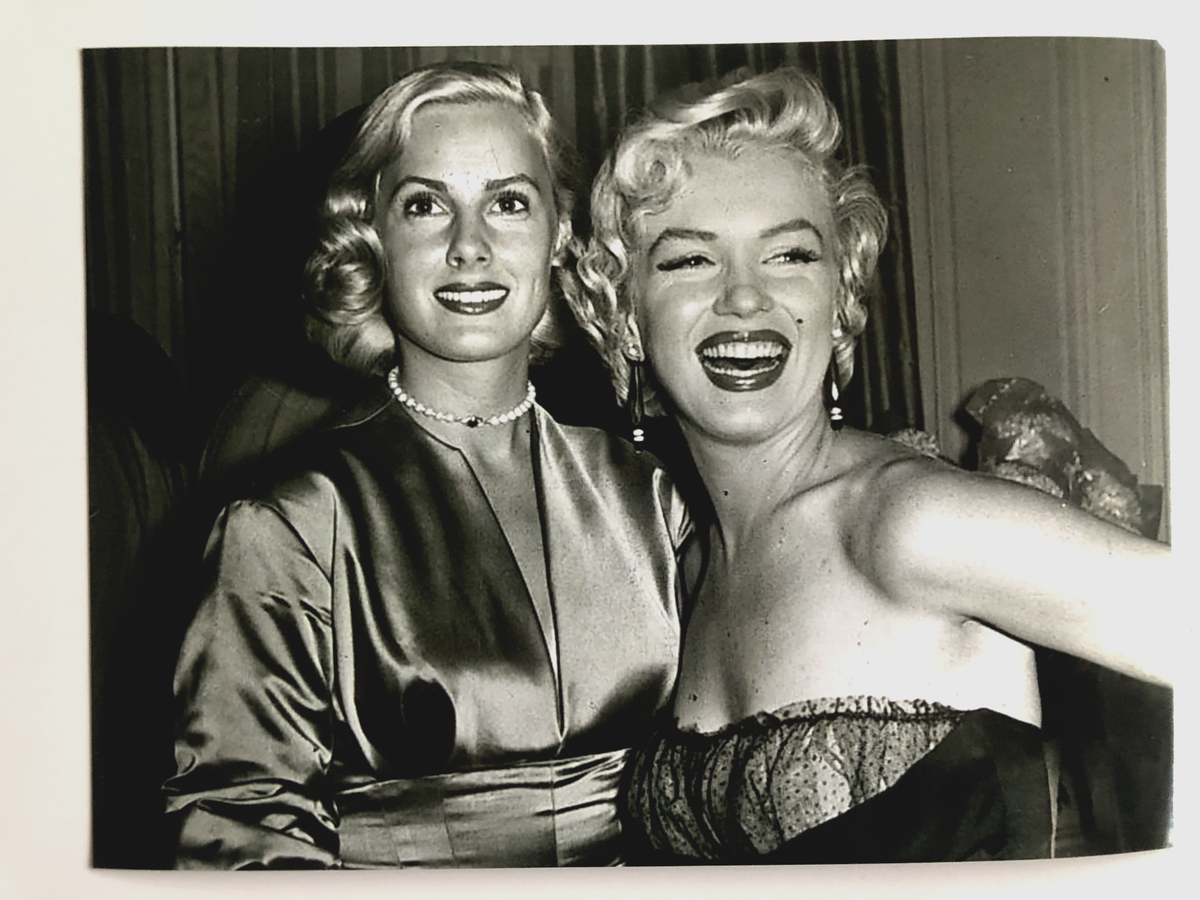The world of cinema has always been a stage where glamour and creativity blend to leave behind unforgettable images. Beyond scripts, lighting, and performances, one element that has played a silent yet powerful role in shaping Hollywood’s legacy is jewellery. Although diamonds and precious gems have often taken the spotlight, it was costume jewellery—designed to look exquisite without carrying the weight of immense value—that helped define the timeless style of many legendary actresses. These pieces, more than mere accessories, became statements of elegance and tools of storytelling.
During the Hollywood golden era, costume jewelry emerged as an art form rather than just an inferior replacement. Artisans carefully crafted necklaces, earrings, and brooches that captivated global audiences. Unlike genuine gemstones, which were saved for special events, costume jewelry provided versatility, innovative designs, and a theatrical flair that suited the film industry’s requirements. These pieces were striking enough to stand out under intense studio lighting and versatile enough to reflect various characters’ personas on screen.
Within the realm of women who made a lasting impact on this illustrious tradition, Marilyn Monroe stands out as unforgettable. Her persona is intricately tied to sparkling jewellery that embodied both charm and fragility. The pieces she adorned in movies like Gentlemen Prefer Blondes became significant cultural touchstones, illustrating how costume jewellery could define a character as effectively as spoken words. Monroe’s accessories went beyond mere decoration; they enhanced her presence and established a template for Hollywood elegance that continues to influence fashion today.
Joan Crawford was another notable figure who grasped the significance of jewelry as a means of expression. Renowned for her powerful screen presence, Crawford frequently opted for items that highlighted strength and dominance. Her choice of jewelry transcended mere aesthetics—it bolstered the characters she portrayed, whether as a resolute executive or an intricate femme fatale. Through striking bracelets, well-defined necklaces, and flamboyant earrings, Crawford illustrated how accessories could convey durability and assurance, traits that viewers came to link with her image.
The artistry of Hollywood’s costume jewellery was not accidental. Behind the scenes, skilled designers such as Eugene Joseff, who supplied countless productions with striking pieces, crafted jewellery that was specifically tailored for the camera. Joseff’s creations were engineered to avoid glare under lighting and to highlight facial features, proving that costume jewellery was as technical as it was beautiful. Stars like Monroe and Crawford became the public face of these designs, but their radiance was supported by artisans who understood the language of film.
The importance of fashion jewellery went beyond mere appearance. For people in the mid-20th century, these sparkling items represented a lifestyle that appeared attainable. In contrast to expensive diamonds, fashion pieces could be reproduced and bought by fans for a much lower price, enabling women globally to imitate their admired celebrities. This availability made glamour more accessible, changing jewellery from an exclusive indulgence into a widespread sensation. It merged the distinction between Hollywood dream and daily style, strengthening cinema’s influence as a trend driver.
Although many years have passed, the influence of these creations is still remarkable. Collectors, fashion experts, and movie fans still honor the craftsmanship of Hollywood’s costume jewelry. Screen-worn originals are in high demand at auctions, not due to their inherent worth, but because they embody the essence of the celebrities who donned them. A necklace once owned by Monroe or a bracelet selected for Crawford holds the charm of nostalgia, film history, and enduring elegance.
What makes Hollywood’s costume jewellery so enduring is its dual nature. On one hand, it was designed to dazzle in the moment—ephemeral, crafted for a specific role or scene. On the other, it became immortalized through film, captured forever in black-and-white stills or Technicolor frames. Each piece tells a story not only of the character it adorned but of the cultural aspirations of the era.
Today, the influence of these iconic accessories continues to shape modern fashion. Designers frequently draw inspiration from mid-century Hollywood, recreating bold chokers, oversized brooches, and chandelier earrings reminiscent of the pieces Monroe and Crawford once wore. In a world where individuality is celebrated, the daring experimentation of Hollywood’s costume jewellery finds renewed relevance. It reminds us that elegance does not depend solely on precious stones but on creativity, expression, and presence.
The glamour of the silver screen may have evolved, but the legacy of its costume jewellery endures. Stars like Marilyn Monroe and Joan Crawford elevated these creations beyond decoration, turning them into symbols of identity, power, and allure. Their jewellery was more than an accessory—it was a language that spoke to audiences then and continues to inspire today. In every sparkling piece, Hollywood captured not just style, but the dreams and desires of an entire generation.

